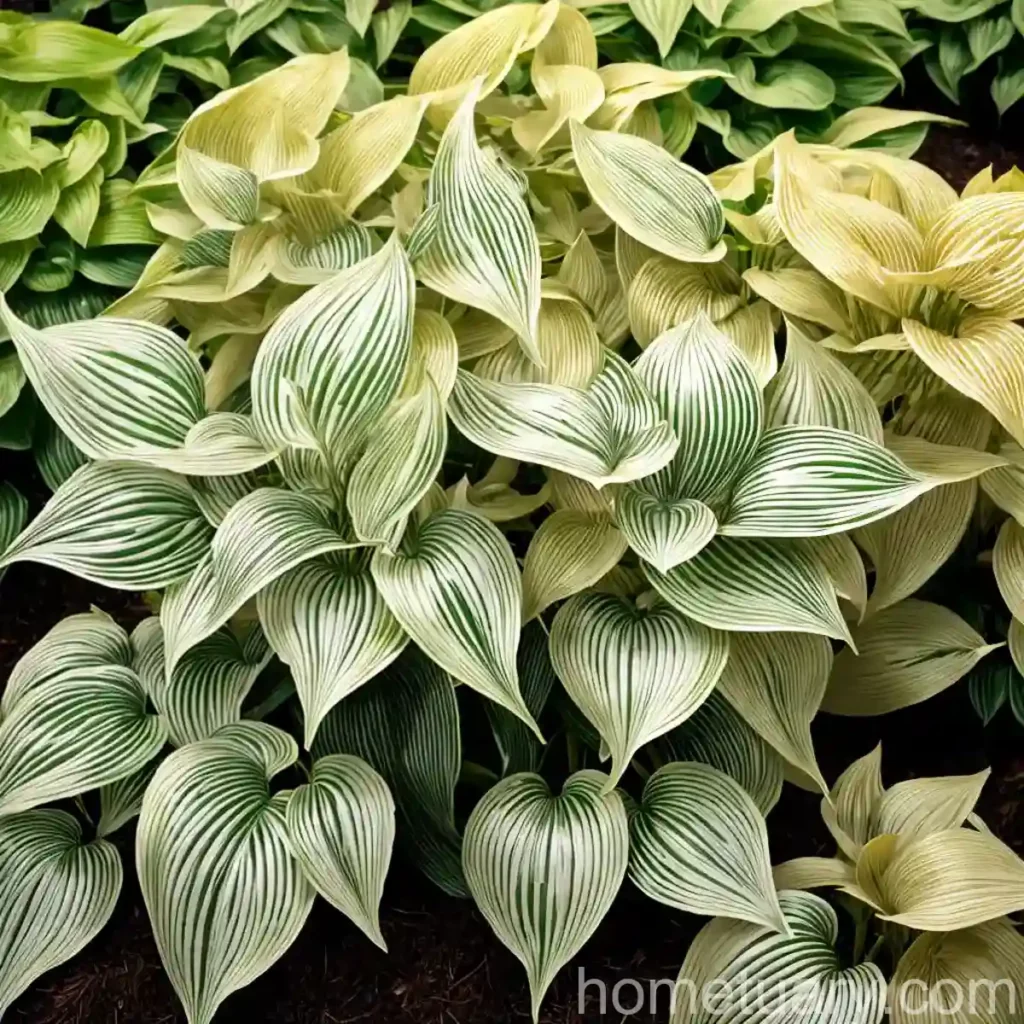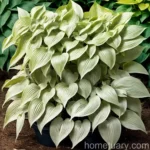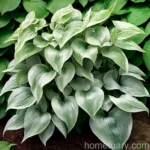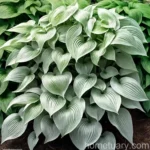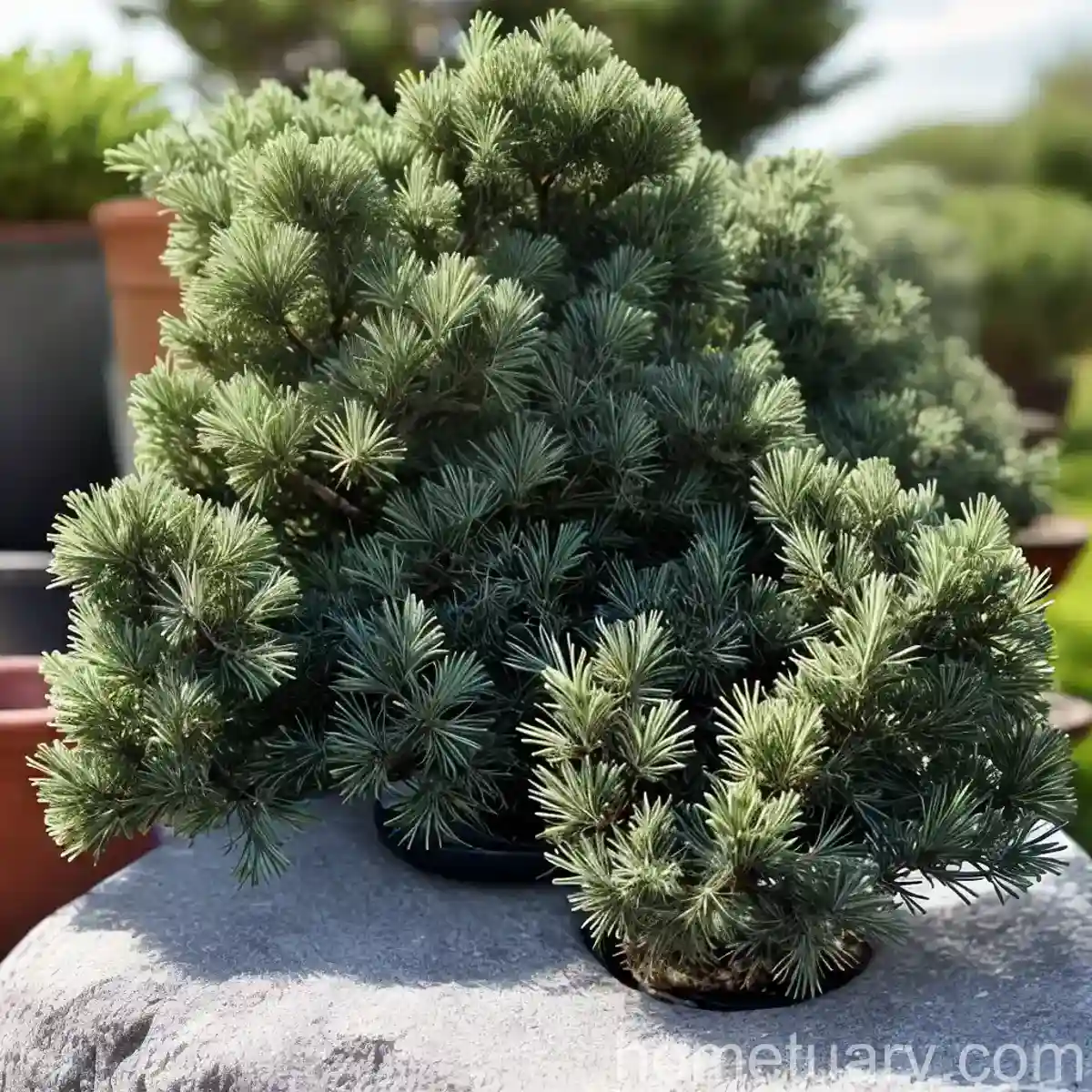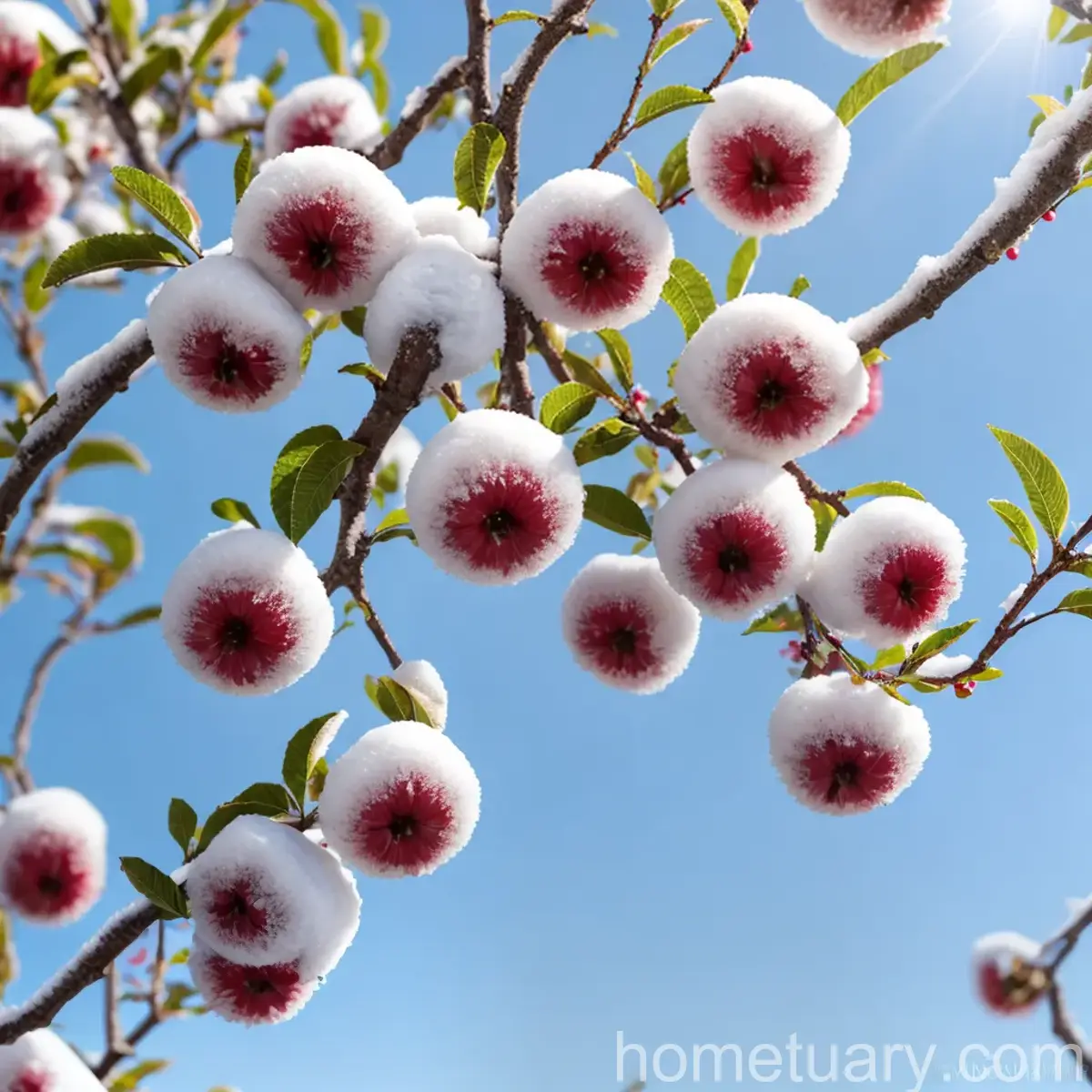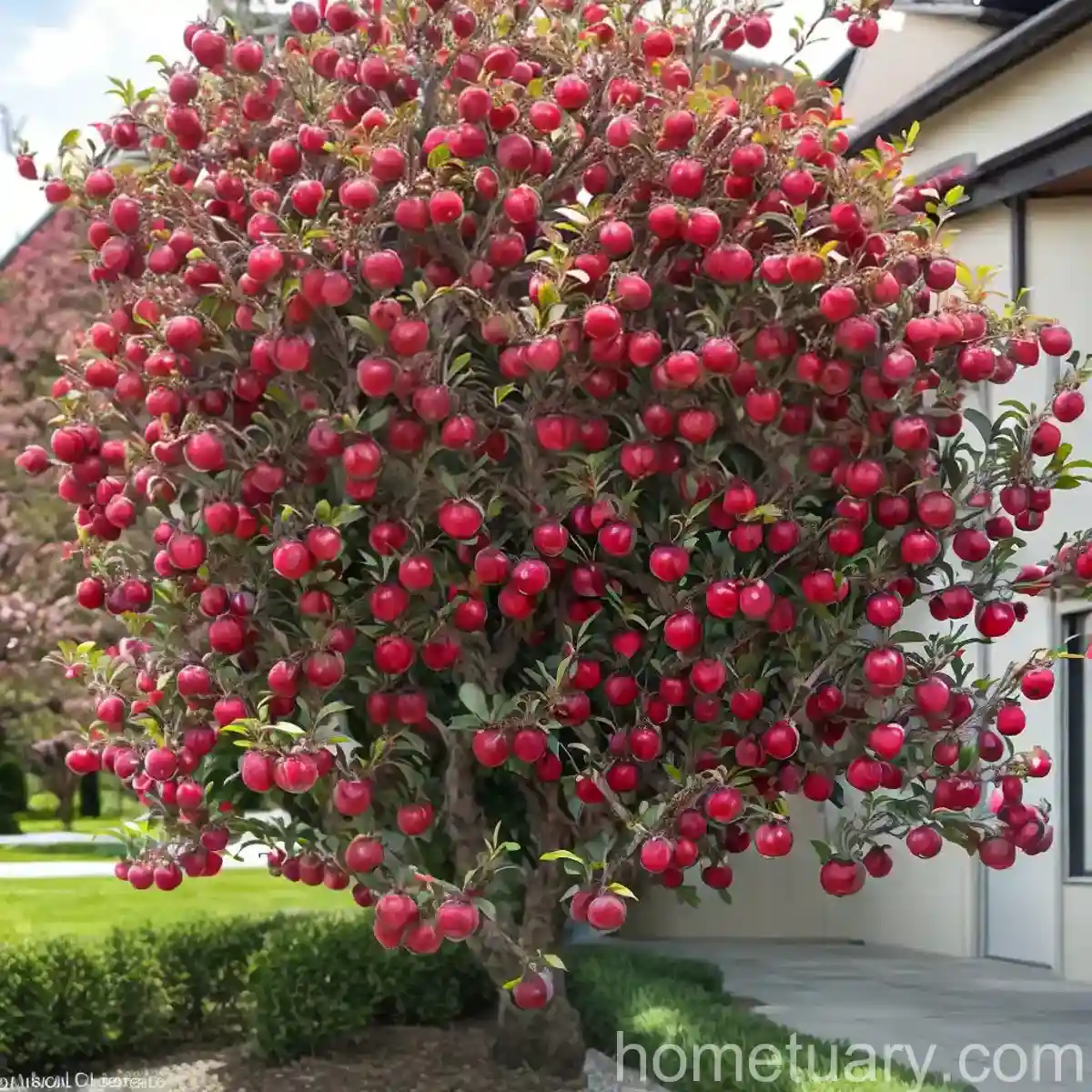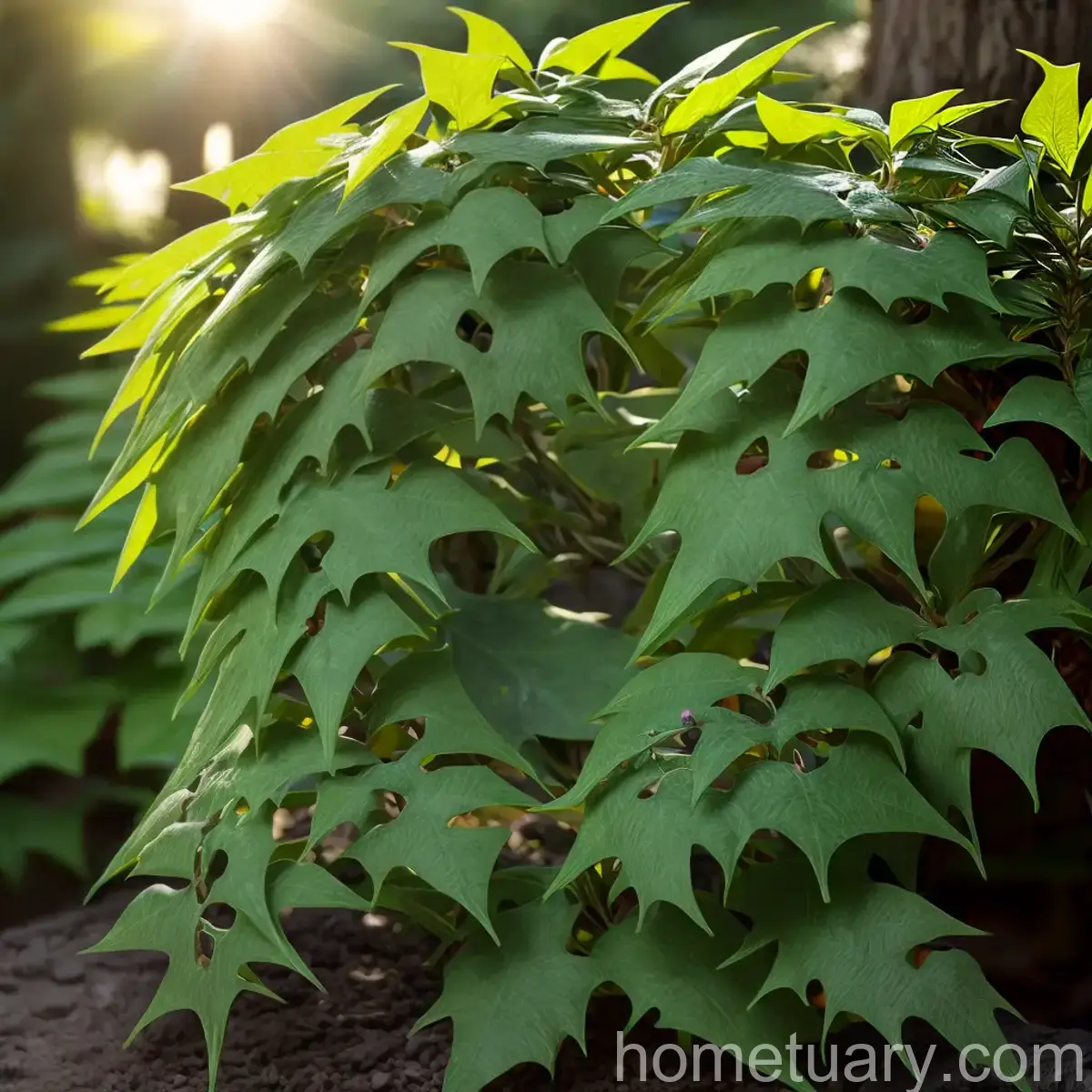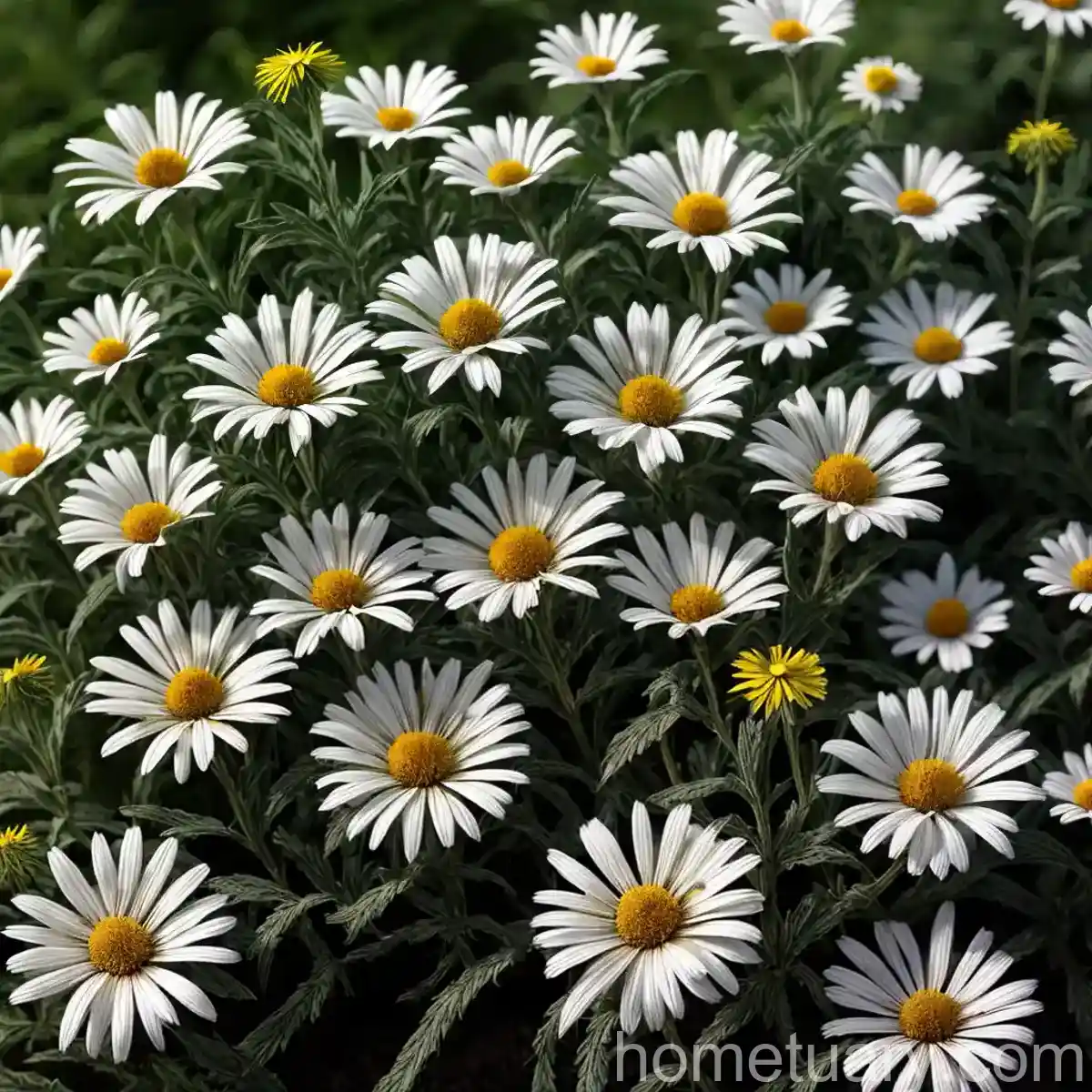Plant Name: Hosta (Hosta ‘Piedmont Gold’)
What is Hosta?
Hosta, commonly known as plantain lilies, is a herbaceous perennial plant prized for its attractive foliage. It is a member of the Asparagaceae family and is native to northeast Asia. There are numerous cultivars of hostas, each offering unique characteristics such as leaf color, size, and texture.
Key Takeaways – Hosta (Hosta ‘Piedmont Gold’)
Before delving into the specifics of Hosta ‘Piedmont Gold’, here are some key takeaways about hostas in general:
- Hostas are widely favored for their lush foliage and are popular ornamental plants in shady gardens.
- They thrive in moist, well-drained soil and require sufficient watering, particularly during the growing season.
- Hostas are relatively low-maintenance plants and are suitable for various landscaping applications, including borders, containers, and ground cover.
- While hostas are predominantly known for their foliage, they also produce attractive flowers, although the blooms are not the primary feature of the plant.
Now, let’s explore the specific details of Hosta ‘Piedmont Gold’ and understand its cultivation, uses, and maintenance requirements.
Description of Hosta ‘Piedmont Gold’
Hosta ‘Piedmont Gold’ is a cultivar esteemed for its striking gold-colored foliage. The leaves are heart-shaped with prominent veins, and the overall growth habit is compact, making it an ideal choice for smaller garden spaces or container plantings. The plant produces lavender-colored flowers on tall stems, adding a delightful contrast to the bright foliage.
Culture
Cultivating Hosta ‘Piedmont Gold’ involves understanding its specific cultural requirements to ensure optimal growth and visual appeal.
Uses
The multifaceted Hosta ‘Piedmont Gold’ serves various horticultural purposes, including:
- Ornamental Foliage: The vibrant gold foliage of the Hosta ‘Piedmont Gold’ adds a pop of color to shaded areas, making it an excellent choice for landscape beautification.
- Shade Gardens: Due to its preference for shade, this hosta cultivar is well-suited for shaded garden beds and under tree canopies.
- Container Plantings: Its compact growth habit makes it an appealing option for container gardening, whether in pots or raised planters.
Water
Proper watering is crucial for the health and vigor of Hosta ‘Piedmont Gold’. Here are some key points to consider:
- Moisture Requirements: Hostas thrive in consistently moist soil, necessitating adequate watering, especially during dry spells.
- Avoid Waterlogging: While they require moisture, it’s essential to prevent waterlogging, which can lead to root rot. Well-draining soil is instrumental in maintaining the right balance.
Sunlight
Hostas, including Hosta ‘Piedmont Gold’, are renowned for their preference for shade and partial shade conditions. Adequate observations of their sunlight requirements contribute to their overall well-being:
- Ideal Light Conditions: They flourish in dappled shade or partial sunlight. Too much direct sunlight can scorch the leaves, particularly in warmer climates.
- Shade Tolerant: This characteristic makes hostas valuable additions to landscapes with limited direct sunlight.
Fertilizer
Nutrient management is integral to promoting robust growth and vibrant foliage in Hosta ‘Piedmont Gold. Consider the following points when fertilizing this plant:
- Balanced Fertilization: Regular application of balanced, slow-release fertilizers supports healthy leaf development and overall vigor.
- Timing: Fertilize in early spring as the plant emerges from dormancy and again in midsummer to sustain growth through the remainder of the season.
Soil
Understanding the soil preferences of Hosta ‘Piedmont Gold’ contributes significantly to its successful cultivation:
- Well-Drained Soil: It thrives in well-draining, organic-rich soil to maintain the required moisture levels while preventing waterlogging.
- Soil pH: Hostas prefer slightly acidic to neutral soil with a pH range of 6.0 to 7.5. Regular soil testing helps in monitoring and adjusting the pH as needed.
Pruning
Pruning plays a role in maintaining the aesthetic appeal and overall health of Hosta ‘Piedmont Gold’. Consider the following guidelines:
- Removal of Faded Flowers: Deadheading spent blossoms promotes a tidy appearance and redirects the plant’s energy back into leaf production.
- Leaf Maintenance: Trimming off damaged or browning leaves contributes to the plant’s visual appeal.
Propagation
Propagating Hosta ‘Piedmont Gold’ allows for the expansion of one’s hosta collection or the sharing of these delightful plants with fellow gardening enthusiasts:
- Division: Division of mature clumps in early spring or fall is a reliable method for propagating hostas. Ensuring that each division has viable roots and sufficient foliage promotes successful establishment.
- Rhizome Cuttings: Rooting sections of healthy rhizomes offers another approach to propagating this cultivar.
Container Popularity
Hosta ‘Piedmont Gold’ is a popular choice for container gardening due to its compact growth habit and stunning foliage. When considering container cultivation, keep the following points in mind:
- Container Size: Choose a container with sufficient space for the plant’s roots to establish and with good drainage.
- Soil Considerations: Utilize a well-draining potting mix that retains moisture without becoming waterlogged.
Common Diseases
While relatively hardy, hostas are susceptible to certain diseases that can affect their overall health and appearance. Understanding these diseases is essential for their management and control:
- Hosta Virus X: This viral disease causes mottled or streaked discoloration of the leaves and can lead to plant decline. Preventing the introduction of infected plants and promptly removing affected individuals are crucial in disease control.
- Fungal Diseases: Leaf spot and anthracnose are common fungal diseases that may affect hostas. Providing adequate air circulation and avoiding overhead watering help in preventing these issues.
Disease Diagnosis
Prompt diagnosis of diseases affecting Hosta ‘Piedmont Gold’ facilitates targeted management efforts to mitigate the impact:
- Visual Symptoms: Yellowing, browning, or the presence of unusual patterns on the leaves may indicate disease presence.
- Professional Consultation: In cases of uncertainty, seeking the opinion of a plant pathologist or experienced horticulturist aids in accurate diagnosis and management recommendations.
Common Pests
Pests can pose a threat to the well-being of Hosta ‘Piedmont Gold’, necessitating vigilant monitoring:
- Slugs and Snails: These mollusks are notorious for feeding on hosta foliage, often leaving behind unsightly holes and damage. Employing physical barriers and organic control methods can help in managing their presence.
- Deer: In areas with high deer populations, browsing can pose a significant threat to hostas. Utilizing deer-resistant strategies or physical barriers offers protection against such grazing damage.
Botanist’s Tips
Expert insights further enhance the understanding and appreciation of Hosta ‘Piedmont Gold’:
- Companion Planting: Pairing hostas with plants that share similar cultural requirements, such as ferns and heucheras, creates visually appealing combinations in the garden.
- Varied Leaf Textures: Incorporating hostas with diverse leaf textures and sizes adds depth and visual interest to garden beds and landscapes.
Fun Facts
Discovering intriguing facts about Hosta ‘Piedmont Gold’ adds to the fascination of cultivating this remarkable plant:
- Origin of Name: The term “hosta” pays homage to the Austrian botanist Nicholas Thomas Host, reflecting his contributions to botany during the 18th century.
- Hybridization: Hostas are renowned for their extensive hybridization, leading to the remarkable diversity of cultivars available to gardening enthusiasts.
Links to External Resources
For additional insights and information on Hosta ‘Piedmont Gold’ and hostas in general, the following external resources offer valuable guidance:
- American Hosta Society
- The Hosta Library
- University of Illinois Extension – Hostas
- Missouri Botanical Garden – Hosta Care
- Royal Horticultural Society – Hosta Growing Guide
Conclusion
Hosta ‘Piedmont Gold’ encapsulates the allure and diversity of hostas, offering captivating foliage and reliable performance in shade gardens and container plantings alike. By understanding its cultural requirements, disease and pest management strategies, and propagation techniques, gardeners can cultivate and enjoy the charm of Hosta ‘Piedmont Gold’ in their outdoor spaces. Whether incorporated in landscaping designs, showcased in containers, or utilized as part of a perennial garden, this hosta cultivar contributes to the visual richness and appeal of diverse horticultural settings, delighting both novices and seasoned plant enthusiasts alike.

